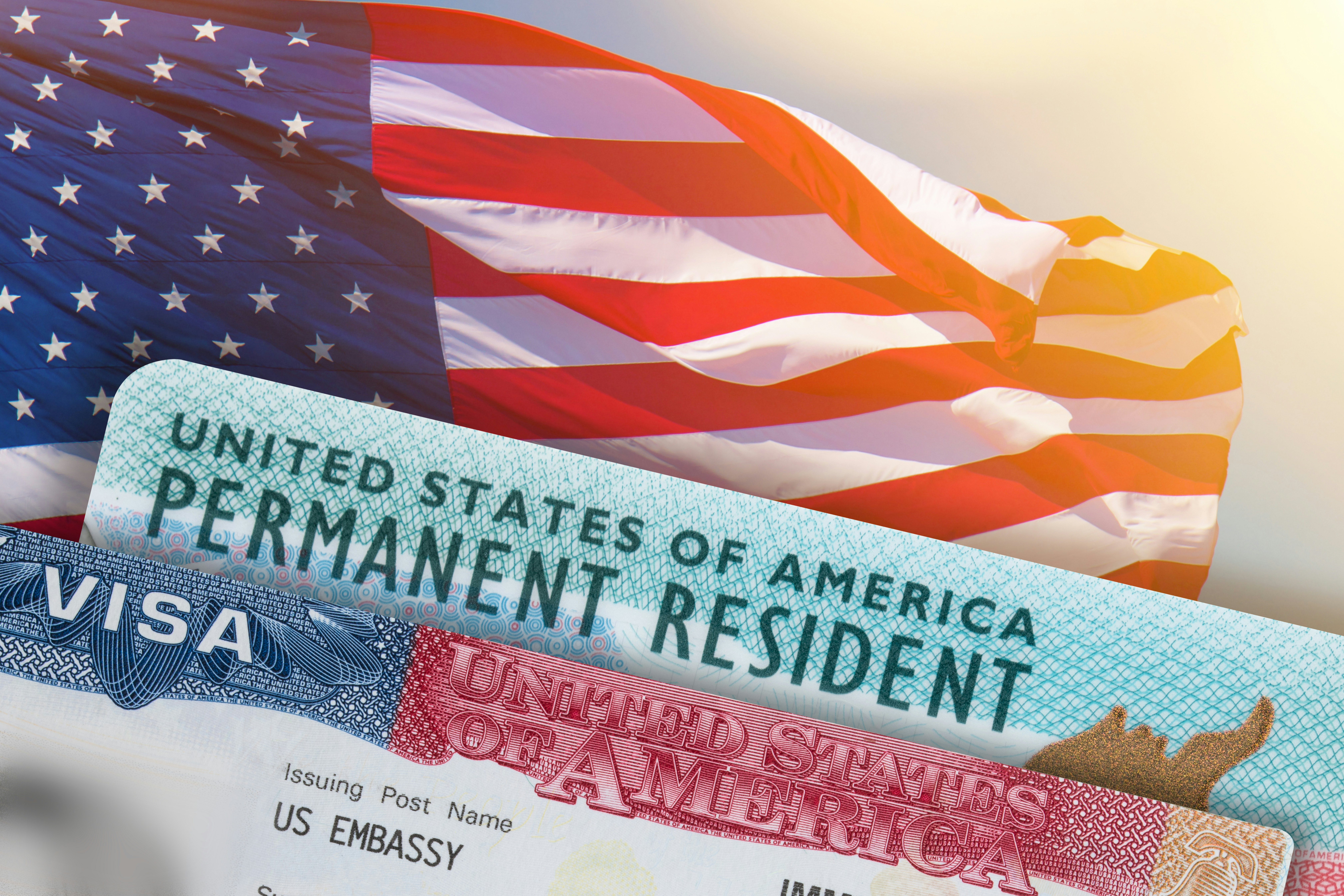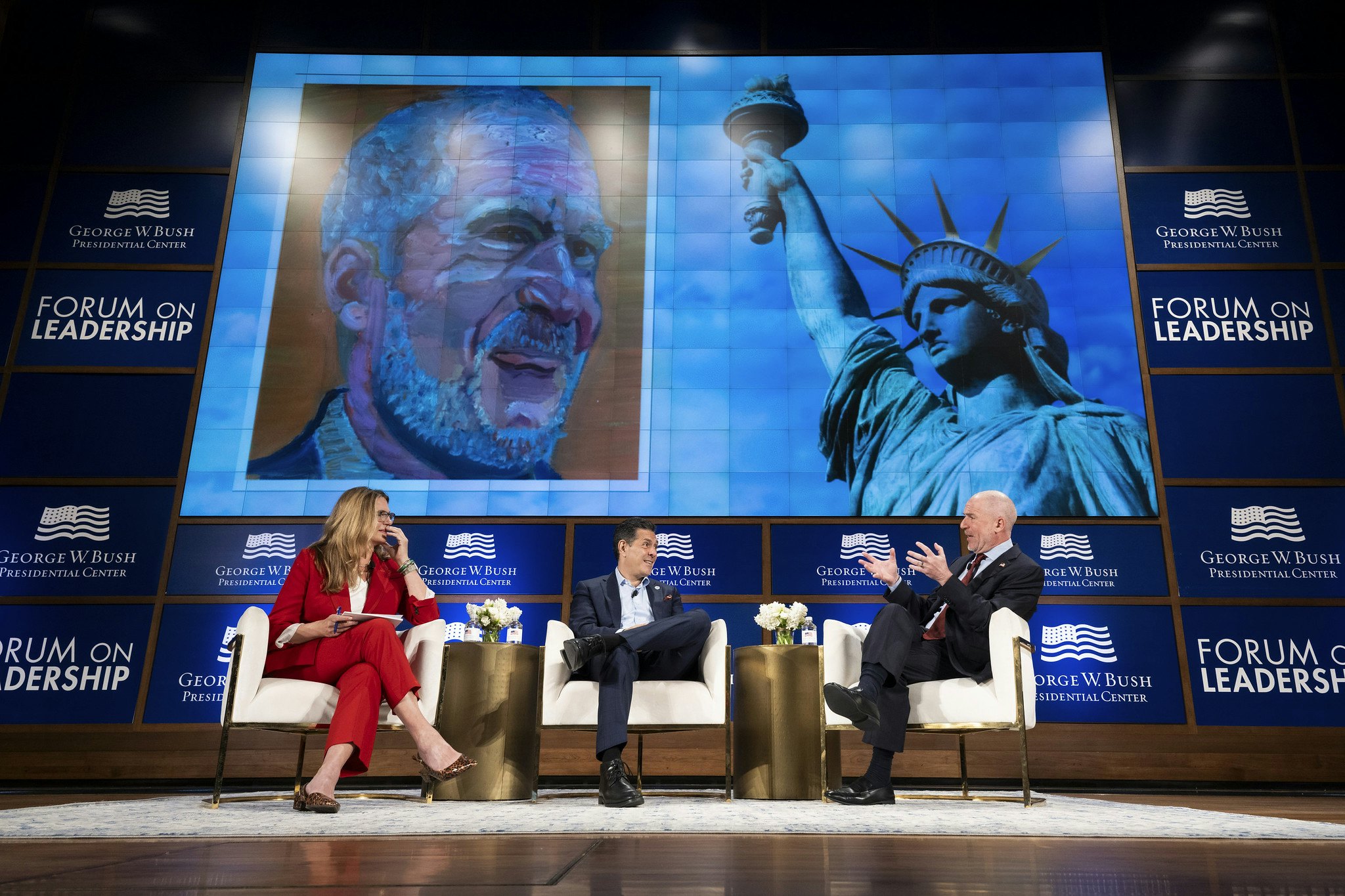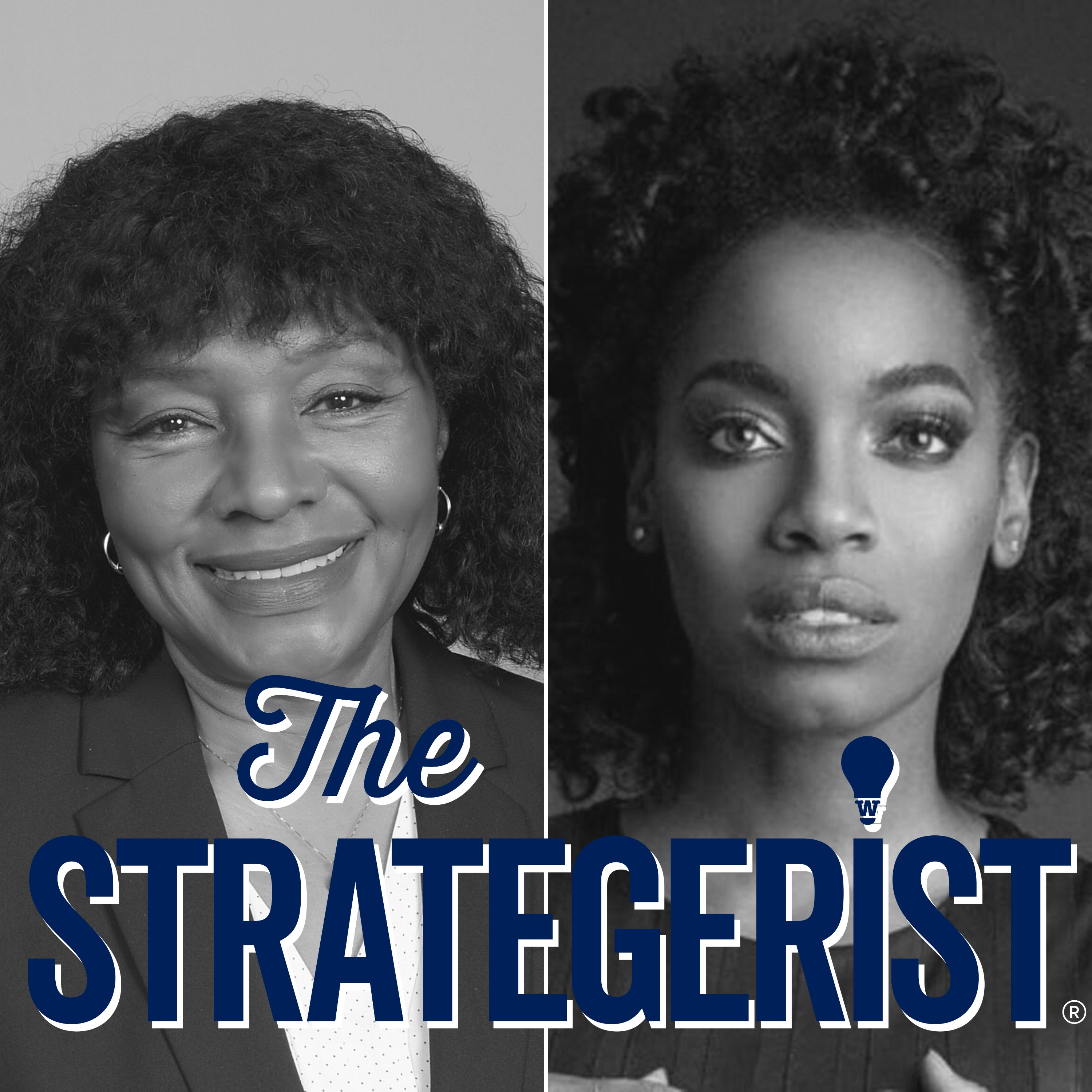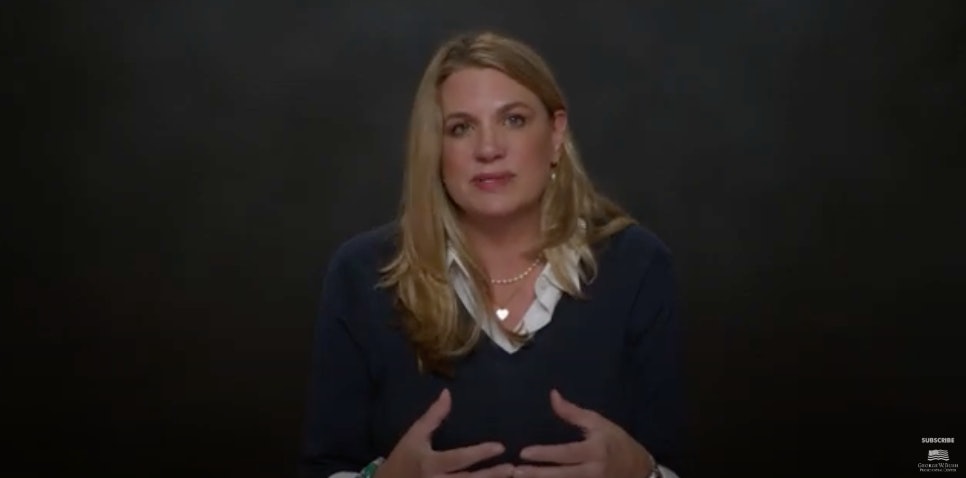Monteigne Long, 2022 Stand-To Veteran Leadership Program Scholar and Director of Veteran & Military Services at Texas A&M University System, discusses her work with student veterans and how the Veteran Leadership Program taught her the value of a strong network.
Please tell us a little bit about yourself and your personal leadership project.
Fifteen years ago, I never imagined that I would be working with student veterans and military-connected students. I was a K-12 educator and married to a soldier in the Texas Army National Guard. Everything changed on Oct. 16, 2009, when my husband, Staff Sgt. Chris Staats, was killed in Afghanistan. That pivotal moment led me to leave K-12 education and pursue a master’s degree in higher education administration. I was inspired by my undergraduate advisor and initially planned to become an academic advisor. But just a few weeks into my program, I read an article for my student development theory class on a “new” group of students who would be coming back to our campuses – veterans. At that moment, I knew what I was supposed to be doing, and from that day on, I have dedicated my career to working with student veterans and military-connected students in higher education.
I began at the University of Southern California with a grassroots effort to establish a veteran resource center and later became a graduate assistant and school certifying official in the registrar’s office. After graduating, I opened the first veteran resource center at California State University Northridge, then continued to support military students in the California Community College System. In 2018, I returned to Texas, joining Texas A&M University, where I have continued to serve this population for the past six years.
As a Gold Star wife and someone who is now married to a veteran, I jokingly say that veterans are part of my life 24/7, and I cannot get away from them. But I would not have it any other way. Working with the military-connected population is my passion and aligns with my purpose of facilitating success in others.
Outside my veteran-support work, I teach part-time at Texas A&M University for the Corps of Cadets in the Hollingsworth Center for Applied Leadership Studies and lead a learning community for student veterans who are first-generation college students. I am pursuing a Ph.D. in Higher Education Administration at Texas A&M University, focusing my research on student veteran engagement and leadership.
My personal leadership project stemmed from my work with the FirstGenVets learning community and my doctoral research. While veterans are generally successful college students, with a 72% success rate according to Student Veterans of America, institutions still need to improve how they engage and support them. Given the leadership skills veterans bring from their military service, I believe colleges should help facilitate their transition into higher education by fostering peer engagement through leadership development. My personal leadership project proposed the creation of an undergraduate student veteran leadership certificate program at Texas A&M University, with the goal of scaling it across Texas and eventually to institutions nationwide. This project is the focus of my doctoral research and a way to contribute to the long-term success of student veterans.
Please give us an update on what you have been working on since completing the Stand-To Veteran Leadership Program.
Since completing the program, I have been fully dedicated to my personal and professional growth. I stepped into a new position within The Texas A&M University System, while also working toward completing my Ph.D. This spring, I gathered data for my dissertation by conducting three rounds of interviews with 12 student veterans, totaling 18 hours of conversations. I am currently analyzing the data and writing the final two chapters of my dissertation.
Which lessons learned during the Veteran Leadership Program have stayed with you the most, and how have you put those lessons into action?
One of the most impactful lessons from the Veteran Leadership Program has been the value of a strong network. The connections I made with my cohort were incredible, and it has been amazing to see how we have stayed in touch. Beyond maintaining relationships, I have had the opportunity to collaborate with several cohort members on projects. These connections reinforced the leadership lessons of communication and collaboration, both learned in the program.
What are some of the biggest opportunities you have identified as you begin your new role of Director of Veteran and Military Services at Texas A&M, and what are you most looking forward to?
As Director of Veteran & Military Services for The Texas A&M University System, I have the privilege of leading and coordinating veteran and military support initiatives across the state for our System. The reach is incredible with 11 campuses that enroll nearly 4,500 student veterans and 8,700 family members. One of the biggest opportunities I see is strengthening strategic relationships within the system to enhance the success of our military-connected students. I am especially excited about expanding our efforts to support veterans and their families, not just as students but also as employees across the system’s campuses and state agencies. Additionally, I am working with several campuses and a state agency to launch SkillBridge programs, which help transitioning service members gain civilian work experience before they exit the military. I am excited to see the impact this program will have and how it can grow to benefit more service members across the state.
Can you discuss the importance of supporting veterans and their family members in their higher education journey? What are some of the unique challenges they face?
Supporting veterans and their families in higher education is not only the right thing to do, but it is also a smart thing to do. These individuals have made huge sacrifices, some even making the ultimate sacrifice, for our great nation. We have a responsibility to provide them with the support and resources they need to succeed in higher education.
Veterans face unique challenges, particularly during the transition from military to civilian life and then into higher education, each of which operates with its own rules, language, and expectations. This transition often comes with a sense of loss – of identity, purpose, social support systems. It frequently involves relocation and the need to find a new job or career path. Our role in higher education is to help veterans navigate all these transitions.
Student veterans are typically older than traditional college students, and that comes with its own set of challenges. They may be married, have children, and work part time or full time. One significant challenge is the need for flexible, affordable child care. Veterans and their families need child care that is also available outside “regular” hours. They need child care when they are in an evening class or studying, and even on the weekends – times when typical child care options are not available.
In addition, food insecurity is another pressing issue for veterans. Veterans experience food insecurity at similar rates to the overall U.S. population, but veterans with children are much more likely to have very low food security. Student veterans may also be on limited incomes, particularly if they are living on their monthly housing allowance from the G.I. Bill, further limiting their resources. At Texas A&M University, we addressed this by establishing a pocket pantry in the Veteran Resource and Support Center, providing immediate access to nonperishable food and personal hygiene items. The pantry’s use increased significantly over the two years I coordinated it, demonstrating the critical need for this type of support.






























